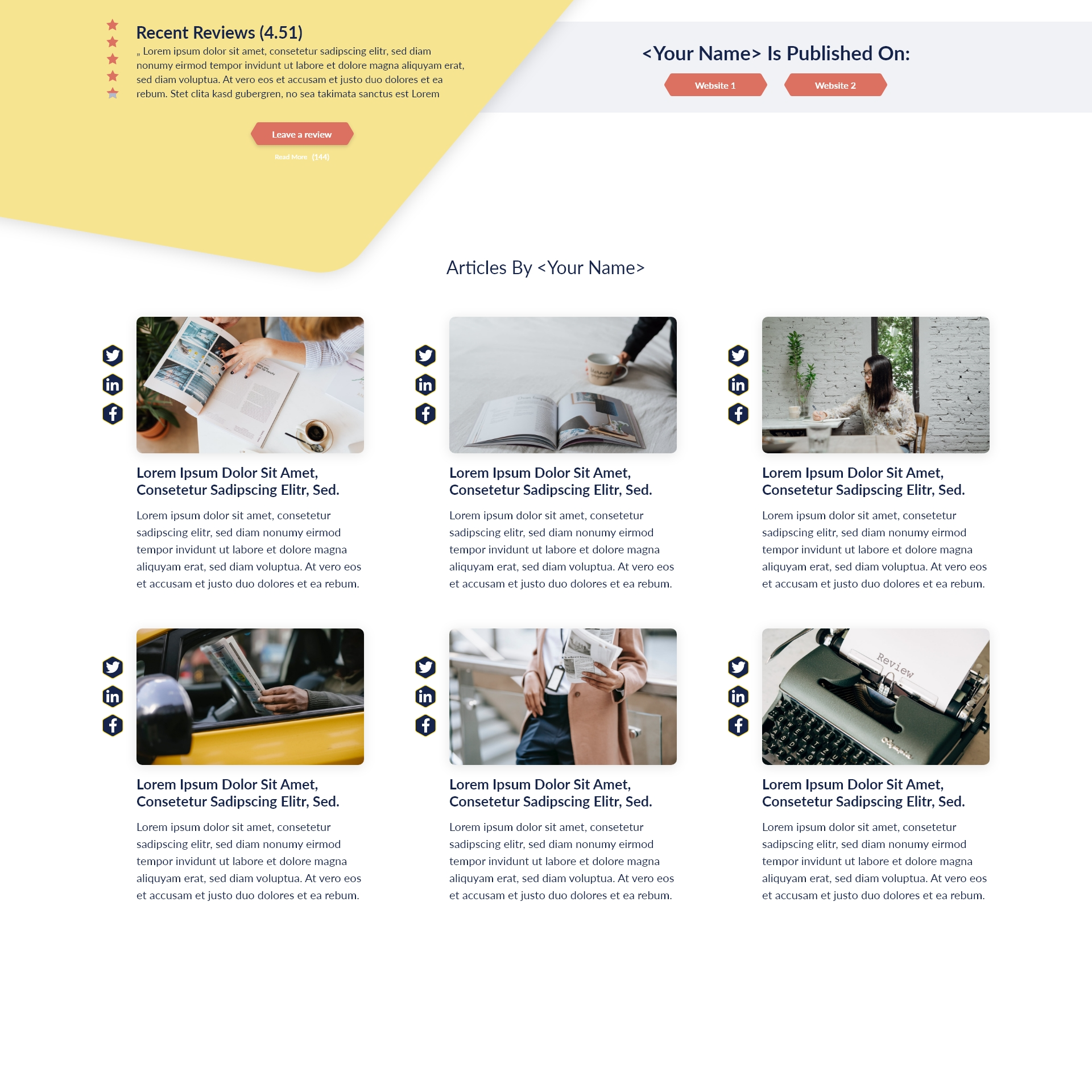Key Takeaways:
- Creative leadership integrates empathy, vision, and strategy to drive innovation.
- Motivation thrives on daily encouragement and recognition of achievements.
- Delegation is a vital skill that involves identifying the right tasks and overcoming common barriers.
- Trust is established through transparency and consistency.
- Effective conflict resolution turns challenges into opportunities for growth.
- Empowerment comes from coaching and clear expectations.
- SMART goals and accountability ensure team progress.
- Change management succeeds when leaders communicate openly and foster team ownership.
Leading a team to success is less about possessing authority and more about enabling meaningful connections, forward-thinking vision, and the effective application of proven leadership strategies. The true mark of an innovative leader lies in mastering the art of guiding people—pairing practical techniques with empathy to drive exceptional results and nurture a culture where both individuals and the organization thrive.
Mastering Team Motivation Techniques for Higher Engagement
Motivation is the fuel that powers high-performing teams. A team brimming with enthusiasm and engagement is proactive, collaborative, and more adept at driving innovation. The way a leader motivates can have lasting effects on both performance and morale.
Practical Approaches to Inspire Your Team Daily
Inspiring a team consistently starts with understanding individual and collective drivers. Consider holding morning check-ins aimed not just at disseminating information but at connecting with each person, listening to their input, and showing genuine curiosity about their ideas and well-being. Rotating responsibilities or project leads injects fresh enthusiasm, while aligning work with team members’ personal strengths and interests increases both engagement and satisfaction.
Intrinsic motivation often emerges through ownership. Encourage autonomy by allowing choice within each person’s scope of work. When individuals feel responsible for outcomes, their engagement naturally rises. Additionally, incorporating brief, positive feedback sessions after significant tasks provides ongoing encouragement and lets your team know that their contributions matter.
Recognizing Achievements to Foster Motivation
Recognition is a key motivator. Timely acknowledgment, whether public or private, validates hard work and fosters a culture of appreciation. Develop a regular cadence for celebrating successes—this can be as simple as a shout-out during team meetings or as structured as a monthly award system. The critical factor is specificity: tie recognition to the behaviors and outcomes that drive innovation and achievement.
For federal employees, recognition from leadership not only fortifies motivation but also reassures individuals that their public service has purpose and value beyond metrics.
Effective Delegation Strategies for Leaders
Delegation is more than assigning tasks—it’s a strategic decision that enables leaders to focus on higher-level objectives while empowering team members to develop new skills and grow.
Identifying Tasks for Delegation vs. Direct Execution
To delegate effectively, begin by assessing which tasks require your direct expertise and which can be entrusted to others. High-impact, strategic initiatives often need direct involvement, whereas routine or development-oriented activities are excellent opportunities for delegation. Consider each team member’s skills and professional goals when distributing responsibilities, ensuring alignment with their development plans.
Occasionally, stretch assignments—that push team members slightly beyond their comfort zone—can speed up growth and foster a culture of innovation.
Overcoming Common Delegation Barriers
Many leaders struggle with delegation due to fears of losing control or uncertainty about team capacity. Overcome these barriers by creating predictable processes and providing clear, comprehensive instructions. Setting measurable milestones and establishing check-in points allows you to maintain oversight without micromanaging. Encouraging open questions ensures clarity and builds confidence among team members.
Building Trust as a Leader—The Cornerstone of Team Success
Trust is foundational. Without it, even the most innovative strategies can falter. Leaders must invest in developing genuine, lasting trust to foster resilience and collaboration within their teams.
Transparent Communication Methods
Open, honest, and transparent communication is at the heart of trust-building. Share not only successes but also challenges and failures with your team. This transparency shows vulnerability, authenticity, and gives others permission to offer their own perspectives. Foster a two-way dialogue by seeking input frequently, actively listening, and demonstrating that feedback informs your decisions.
Consistency and Integrity in Leadership
Consistency is a powerful tool. Consistently following through on commitments and modeling the organization’s values builds reliability and predictability, making it easier for team members to take calculated risks or propose new ideas. Always act with integrity. When values and words align with behaviors, trust flourishes and so does innovation.
Conflict Resolution in Teams—Turning Challenges into Opportunities
Conflict in teams is inevitable, especially in innovative environments. The key lies in harnessing conflict as a catalyst for growth rather than viewing it as disruption.
Mediation Techniques for Workplace Disputes
Effective mediation starts with impartiality. As a leader, facilitate conversations that allow all parties to share their perspectives without interruption. Communication should focus on issues, not personal attributes. Utilize a step-by-step process—clarifying the problem, seeking common goals, and brainstorming solutions. Coaching team members through compromise can lead to stronger, more sustainable resolutions.
Encouraging Constructive Dialogue Among Team Members
Promoting a culture of constructive feedback and open dialogue makes teams resilient to disagreements. Encourage team members to address issues directly and respectfully, focusing on problem-solving rather than blame. Providing structured forums, such as regular retrospective meetings, allows for reflection and ongoing improvement.
Empowering Team Members for Lasting Results
Empowerment transforms employees from passive participants into active changemakers. Empowered teams perform better, innovate more frequently, and adapt quickly to change.
Coaching for Skill Development
Adopt a coaching mindset—guide rather than direct. Help team members articulate career ambitions and provide meaningful learning opportunities. Offer real-time feedback and set aside time for mentorship. When employees master new skills, they become more confident and integral contributors to the team’s success.
Setting Clear Expectations and Boundaries
Empowerment flourishes within clarity. Consistently communicate expectations regarding roles, responsibilities, and authority. Establish boundaries that allow for creative problem-solving while maintaining accountability. This creates an environment where team members feel secure experimenting without fear of missteps.
Setting Clear Team Goals and Accountability Frameworks
Clear goals and accountability systems transform vision into tangible results and keep momentum from stalling during organizational change.
SMART Goals for Teams
Utilize the SMART framework—Specific, Measurable, Achievable, Relevant, Time-bound—so each objective is actionable and progress can be easily tracked. Co-create goals with your team to ensure buy-in and shared purpose. Periodically review objectives and adjust as needs evolve.
Implementing Accountability Mechanisms
Accountability should feel supportive, not punitive. Use regular check-ins and transparent reporting structures to monitor progress and address challenges early. Encourage peer accountability by having team members share status updates and lessons learned. This collective ownership reinforces collaboration and keeps teams aligned toward their goals.
If you aspire to elevate your leadership capabilities and drive innovation, consider integrating these creative strategies into your daily practice. Encourage open communication, foster trust, and empower your team every step of the way. Begin today to unlock the full potential of your team and steer your organization toward lasting success.








